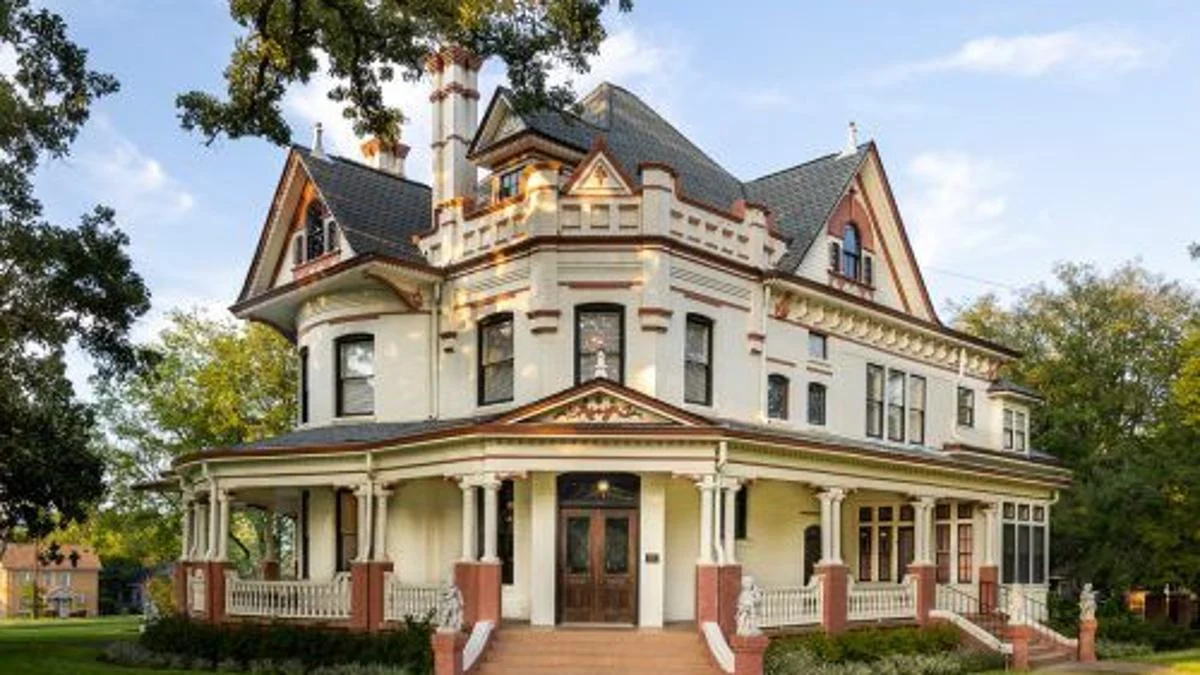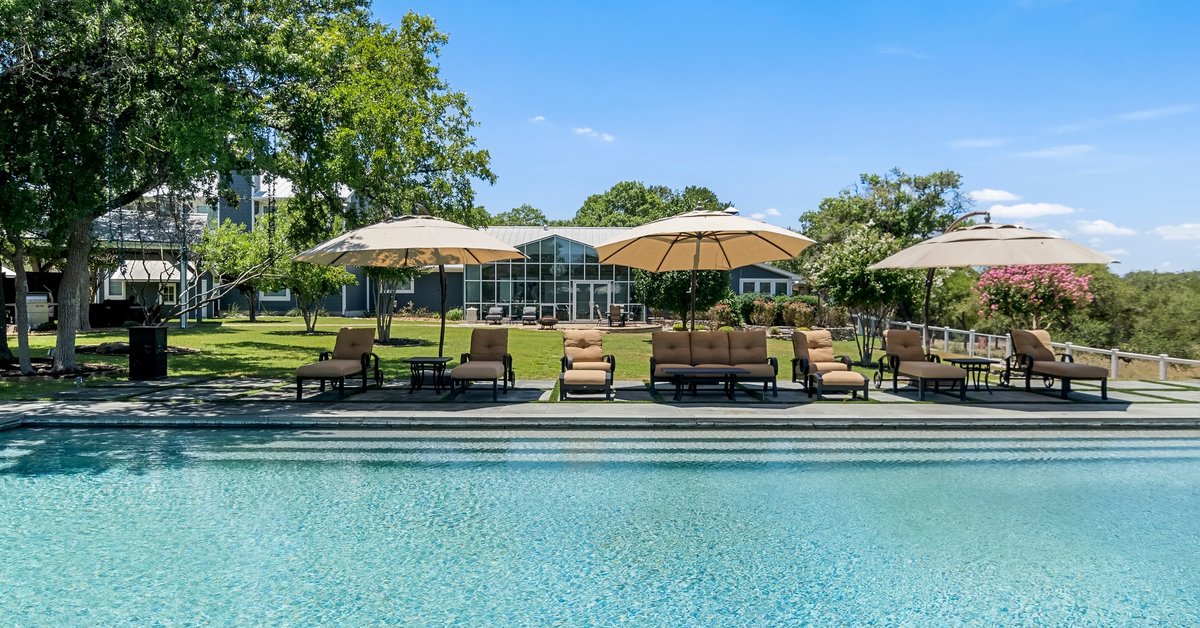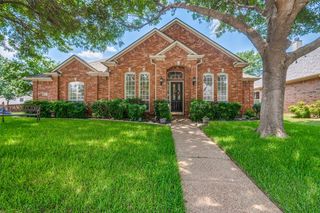Texas plantation homes are more than just buildings; they are a living piece of history, showcasing a unique blend of architectural elegance and Southern charm. These grand residences evoke a sense of nostalgia and offer a glimpse into a bygone era of elegance and grandeur. But what exactly makes Texas plantation homes stand out? Let’s take a closer look at the defining features, historical significance, and the reasons why these homes continue to captivate the imagination.
The Historical Roots of Texas Plantation Homes
To understand what makes Texas plantation homes unique, it’s essential to delve into their historical roots. Plantation homes in Texas, much like those in other Southern states, originated during the 19th century. This period was marked by the expansion of agriculture, particularly cotton and sugarcane, which were labor-intensive crops that demanded large estates to manage.
These homes were not just residences; they were the heart of a large agricultural enterprise. The wealth generated from these plantations helped shape the architecture and lifestyle associated with them. Plantation owners sought to build homes that reflected their success and status, leading to the development of distinctive architectural styles that continue to be admired today.
Architectural Features: What Sets Texas Plantation Homes Apart
One of the most striking aspects of Texas plantation homes is their architecture. These homes often feature several key elements that make them stand out:
1. Expansive Porches and Verandas
One of the most iconic features of Texas plantation homes is their expansive porches and verandas. These outdoor spaces were designed to take advantage of the mild Texas climate, allowing families to enjoy the outdoors while staying cool and comfortable. The large, wraparound porches provide a welcoming space for social gatherings and offer stunning views of the surrounding landscape.
2. Grand Columns and Pillars
Texas plantation homes are known for their grand columns and pillars, which add a sense of grandeur and elegance to the structure. These columns, often made of wood or masonry, support the overhanging roof of the porch and create a striking visual effect. They are a hallmark of the Greek Revival and Colonial Revival architectural styles that are prevalent in Texas plantation homes.
3. Symmetrical Facades
Another defining feature of Texas plantation homes is their symmetrical facades. The balanced arrangement of windows, doors, and other architectural elements creates a sense of harmony and order. This symmetry is not only aesthetically pleasing but also reflects the classical influence on plantation architecture.
4. Spacious Interiors with High Ceilings
Inside Texas plantation homes, you’ll find spacious interiors with high ceilings that create an open and airy atmosphere. This design feature was practical for managing the heat in the warmer months and allowed for the installation of large windows and doors. The high ceilings also provided an opportunity for elaborate moldings and decorative elements.
5. Elegant Staircases
Elegant staircases are another hallmark of Texas plantation homes. These staircases often feature intricate woodwork, grand railings, and spacious landings. They serve as both a functional and decorative element, adding to the overall grandeur of the home.
The Role of Landscaping in Texas Plantation Homes
The design of Texas plantation homes extends beyond the walls of the house to the surrounding landscape. Landscaping played a crucial role in the overall aesthetic and functionality of the plantation. Here’s how:
1. Lush Gardens and Lawns
The expansive lawns and lush gardens that surround Texas plantation homes are designed to complement the grandeur of the house. These gardens often feature carefully planned layouts with symmetrical designs, reflecting the architectural symmetry of the home. Plantings such as azaleas, magnolias, and live oaks are common, providing both beauty and shade.
2. Formal Driveways and Pathways
Formal driveways and pathways lead to the front of the house, enhancing the sense of arrival and grandeur. These pathways are often lined with trees or shrubs, creating a picturesque approach to the home. The driveways themselves are typically wide and designed to accommodate horse-drawn carriages, a nod to the historical use of the property. Also, for more exciting Texas Rangers content, be sure to check out: It’s Texas Time!
3. Outbuildings and Dependencies
In addition to the main house, Texas plantations often included various outbuildings and dependencies such as servant quarters, stables, and storage sheds. These structures were essential for the functioning of the plantation and were often designed to complement the main house in style and materials.
The Cultural and Social Significance of Texas Plantation Homes
Texas plantation homes are not just architectural marvels; they also hold significant cultural and social importance. Here’s a look at how these homes have influenced and been influenced by the culture and society of Texas:
1. Symbol of Wealth and Status
During the 19th century, owning a plantation home was a symbol of wealth and status. The size and grandeur of these homes reflected the success of their owners and their prominence in society. Even today, Texas plantation homes are seen as symbols of Southern elegance and historical significance.
2. Cultural Heritage and Preservation
Texas plantation homes are an important part of the state’s cultural heritage. Many of these homes have been preserved and restored, serving as historical landmarks that offer insight into the architectural and social history of the region. Preservation efforts help ensure that future generations can appreciate and learn from these historical treasures.
3. Influence on Modern Architecture
The design elements of Texas plantation homes have influenced modern architecture in the region. The emphasis on open spaces, grand entrances, and outdoor living areas can be seen in contemporary home designs that seek to capture the essence of Southern charm while incorporating modern conveniences.
The Challenges of Maintaining Texas Plantation Homes
Maintaining a Texas plantation home comes with its own set of challenges. These historic properties require careful upkeep to preserve their beauty and structural integrity. Some common challenges include:
1. Structural Repairs
The large size and age of Texas plantation homes can lead to structural issues over time. Maintaining the foundation, roof, and wooden elements requires regular inspections and repairs to prevent deterioration.
2. Restoration of Original Features
Restoring original features such as moldings, staircases, and windows can be challenging, especially when matching the craftsmanship of the original builders. Skilled artisans and craftsmen are often needed to ensure that restorations are done accurately and with attention to detail.
3. Landscaping Upkeep
Maintaining the expansive gardens and lawns around Texas plantation homes requires ongoing care. This includes regular mowing, pruning, and managing pests to keep the landscape looking its best.
Why Texas Plantation Homes Continue to Captivate
Despite the challenges, Texas plantation homes continue to captivate people from all walks of life. Their unique blend of architectural elegance, historical significance, and Southern charm makes them a cherished part of Texas’s heritage. Whether admired for their beauty, their historical value, or their influence on modern design, these homes remain a testament to the enduring appeal of Southern elegance.
In conclusion, Texas plantation homes are more than just historical structures; they are a reflection of a rich cultural and architectural legacy. Their distinctive features, historical significance, and cultural impact make them unique and enduring symbols of Texas’s past and present. As we continue to appreciate and preserve these remarkable homes, we ensure that their beauty and history will inspire future generations to come.





